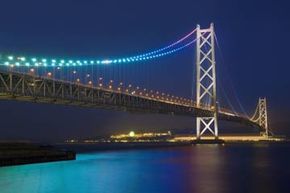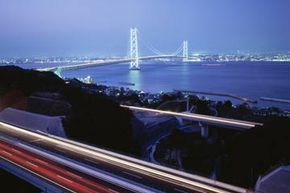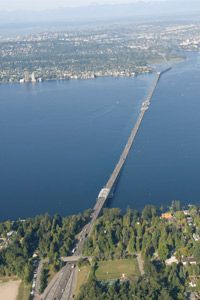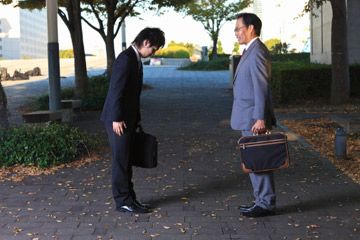In the hour after sunrise, the docks bordering the Akashi Strait were quiet but for the sounds of sea traffic. On this particular morning, however, an unfamiliar noise soon broke the thick fog and added to the growing din: Scores of schoolchildren bounding toward the Shiun Maru ferry, waiting to carry them across the 4-kilometer (2.4-mile) strait carved between mainlandJapanand Awaji, an island to the south.
The May 11, 1955, field trip would offer students a closer look at Awaji's rural lifestyle, including fishing villages and incense exports that would have seemed a world away from their bustling surroundings in the Hiroshima, Shimane, Ehime and Kochi prefectures.
Advertisement
A 45-minute journey byboatwas the only way to reach the island but required navigation of Japan's busiest shipping lane, where more than 1,400 vessels passed each day. Just as eager hands gripped deck railings and excited eyes watched for a distant shore, a shape loomed out of the fog. With little warning, the Shiun Maru collided with a cargo ship.
Many of the ferry's passengers were thrown into frigid water and drowned. Within minutes, those still clinging to the ferry's listing decks sank with the Shiun Maru. As rescue turned to recovery, a staggering death toll emerged: 168 passengers, including 100 schoolchildren, had perished [source:Japan Times].
The sinking of the Shiun Maru left widespread public outrage in its wake, spurring progress on a concept that had long been considered: a motor vehicle bridge to connect Akashi, just west of Kobe, to the island of Awaji.
The Japanese government knew the structure would need to be a suspension bridge. This type of bridge features a roadway suspended by cables hanging from support towers and, notably, requires only a few columns to anchor it to the earth. This was an important consideration, considering the Akashi Strait bridge would span a busy shipping lane. The six-lane suspension bridge was an elegant, expensive and -- at nearly 4 kilometers (2.4 miles) long -- potentially impossible solution [sources:Cooper,Curiosity Aroused,National Geographic,PBS,Ryan,Usman].
Advertisement




